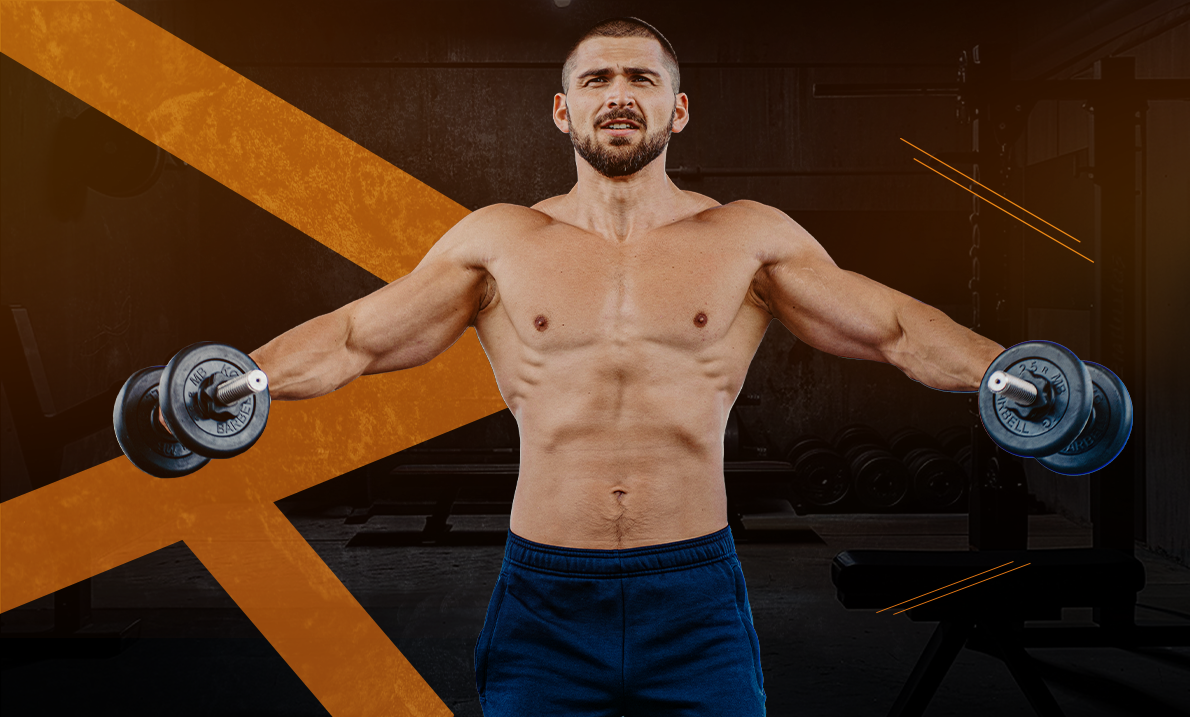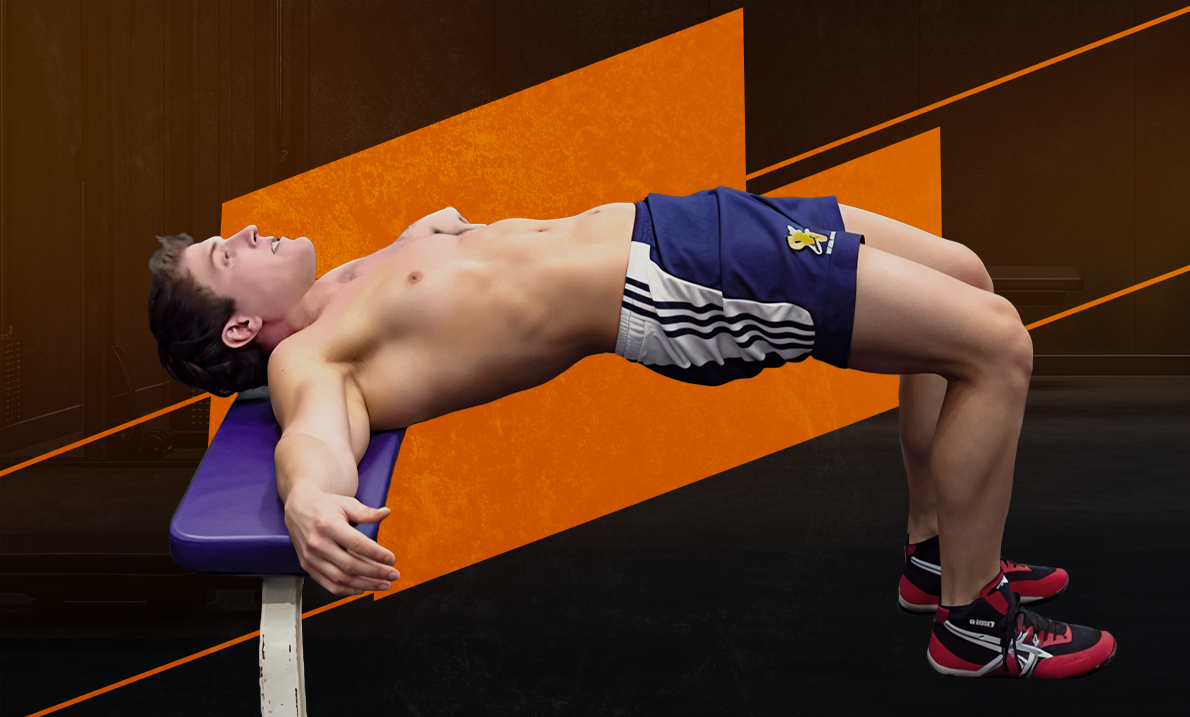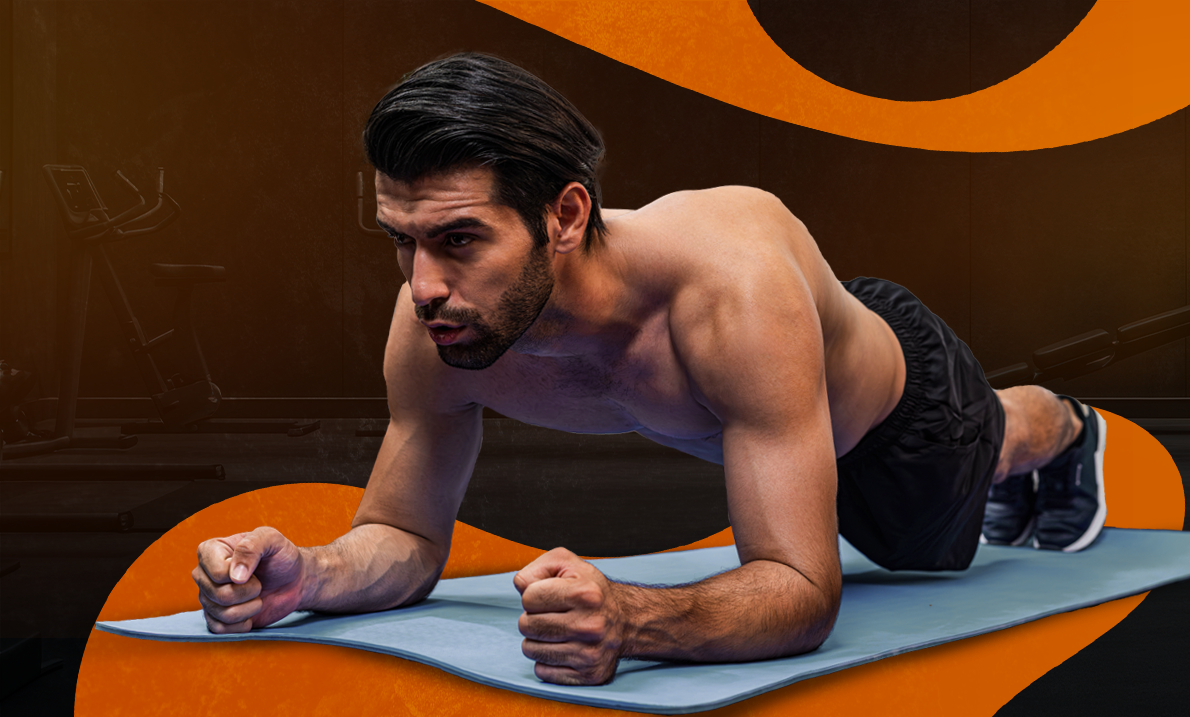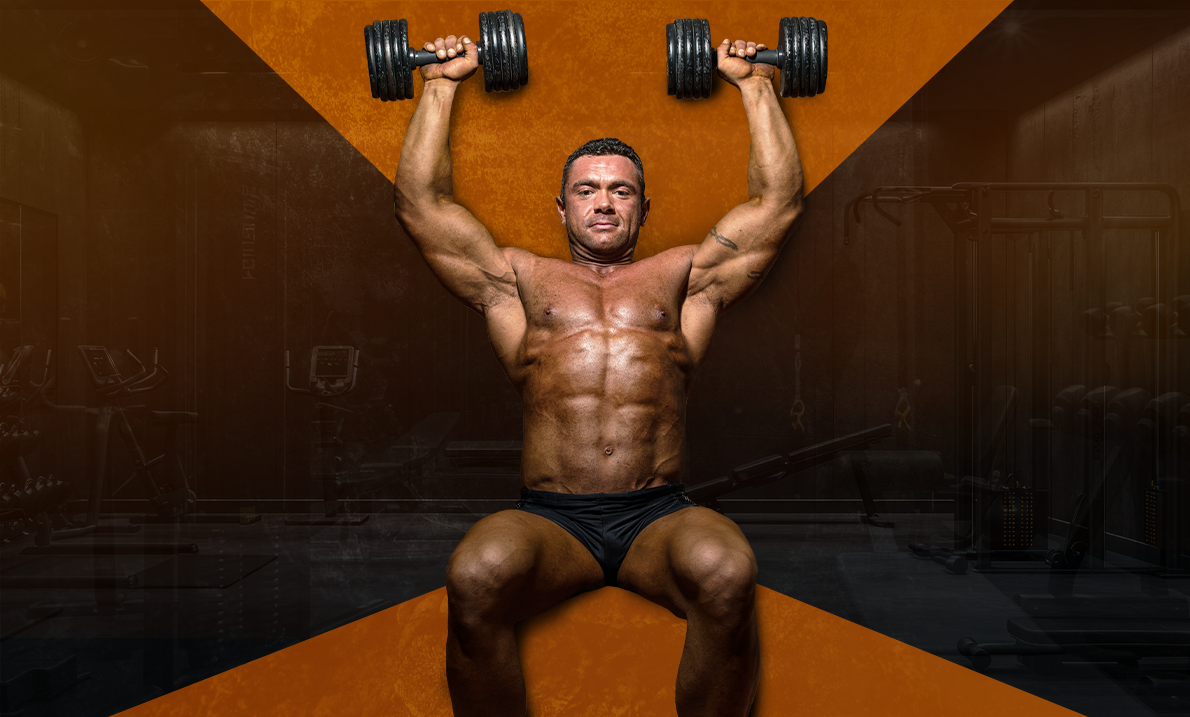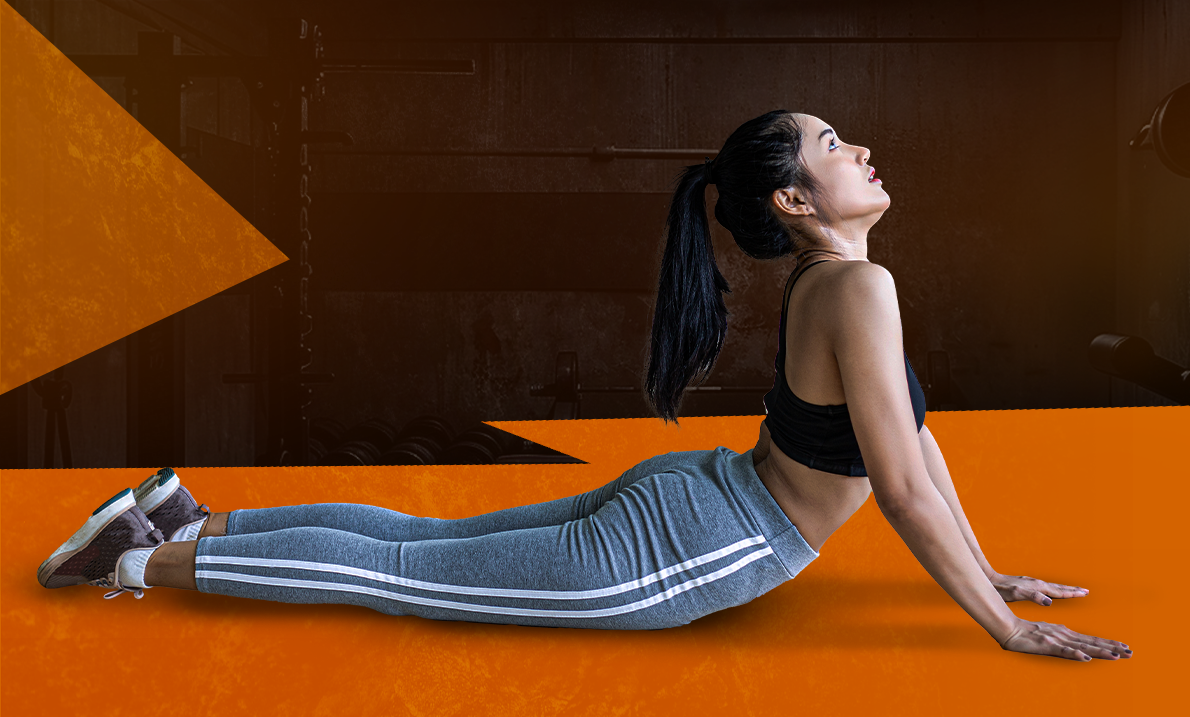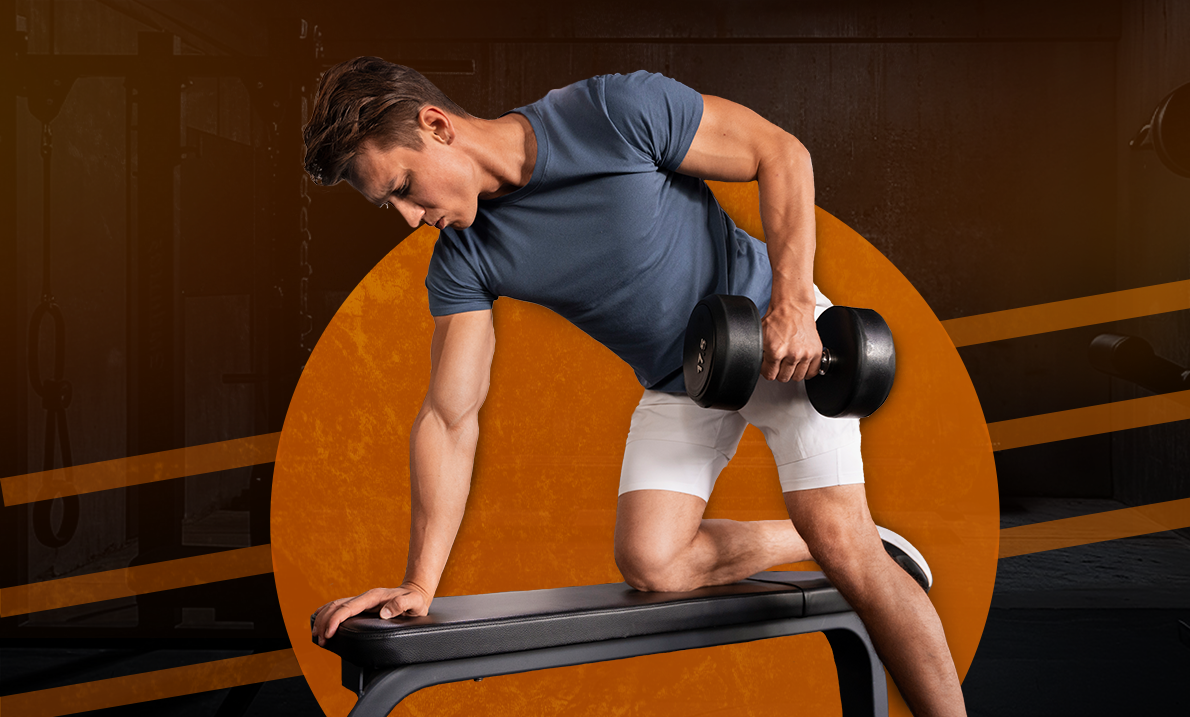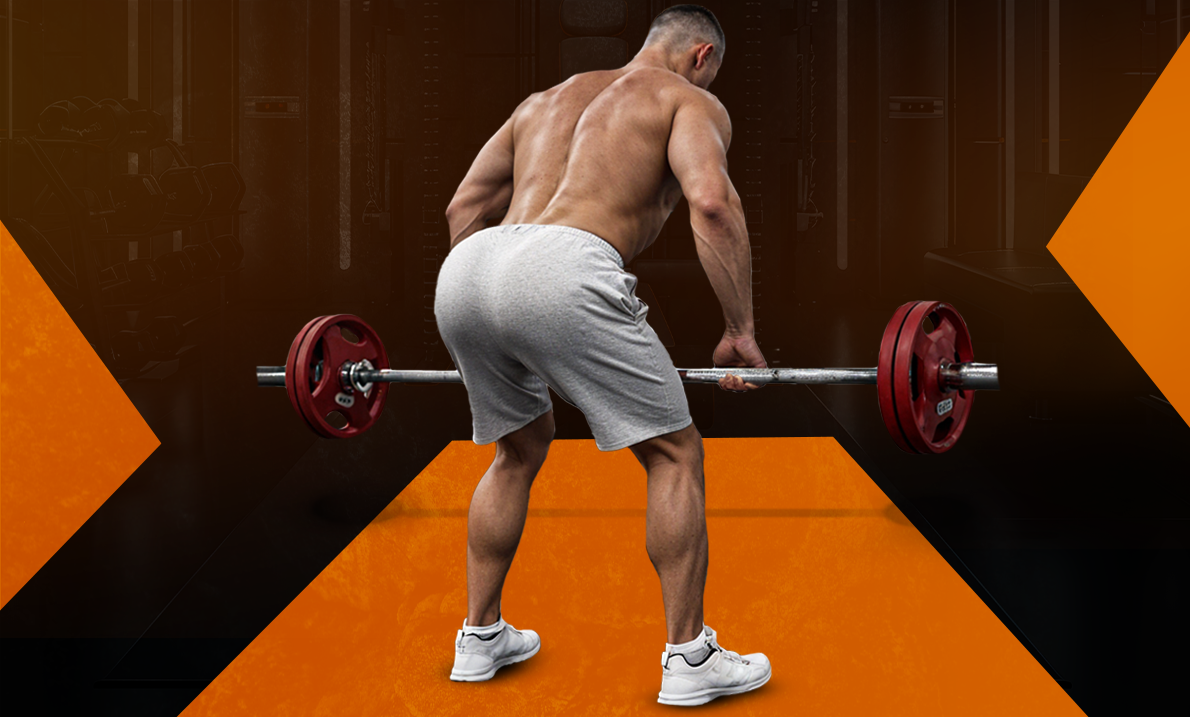When it comes to building strong, sculpted shoulders, lateral raises are a must-have in your workout routine. This simple yet effective exercise targets the deltoid muscles, giving your shoulders a wider and more defined appearance. Whether you are a beginner or a seasoned gym-goer, mastering lateral raises can enhance your upper body strength and improve posture.
MUSCLES WORKED IN LATERAL RAISES
The lateral raise is a simple yet highly effective exercise that targets the shoulder muscles. It’s a go-to move for anyone looking to build strong, well-rounded shoulders. Here’s a detailed breakdown of the muscles worked
PRIMARY MUSCLES WORKED
- Deltoids: The lateral, or middle, head of the deltoid is the primary focus during lateral raises. This muscle gives your shoulders their width and rounded appearance, making it crucial for achieving that classic “V” shape.
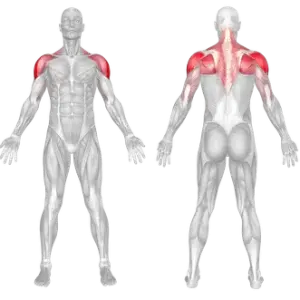
SECONDARY MUSCLES WORKED
- Trapezius (Upper Portion): Supports smooth movement.
- Supraspinatus: Helps initiate the arm lift and stabilises the shoulder.
- Core Muscles: Engage to maintain posture and balance.
- Forearms: Assist in gripping and stabilising the dumbbells.
BENEFITS OF LATERAL RAISES
Incorporating lateral raises into your workout routine provides several advantages
Broader Shoulders
Helps create the illusion of a V-tapered physique by building the lateral deltoids.
Injury Prevention
Strengthens the stabilising muscles around your shoulders, reducing the risk of injury.
Improved Posture
Enhances shoulder stability and alignment, contributing to better posture.
Aesthetic Appeal
Develops defined shoulders, adding to an overall balanced and toned upper body.
HOW TO PERFORM LATERAL RAISES
Perfect form is essential to avoid strain and maximise gains. Here’s how to do lateral raises correctly
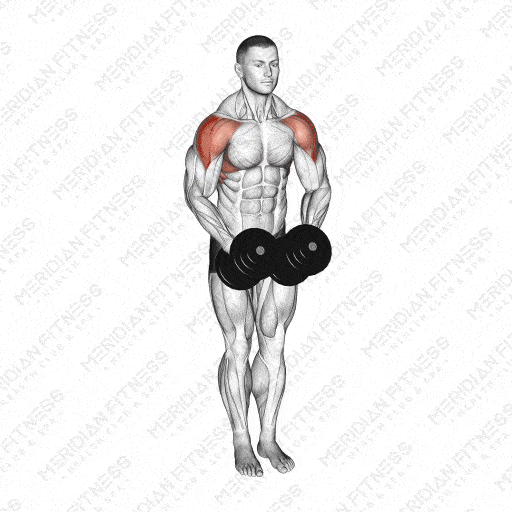
STEP 1: THE SETUP
- Stand upright with your feet shoulder-width apart.
- Hold a dumbbell in each hand with your arms at your sides, palms facing inward.
- Engage your core and keep your back straight.
STEP 2: THE LIFT
- With a slight bend in your elbows, raise your arms out to the sides until they are parallel to the floor.
- Keep your wrists neutral and your elbows slightly higher than your hands.Avoid shrugging
- your shoulders—let your deltoids do the work.
STEP 3: LOWERING BACK
- Slowly lower your arms back to the starting position in a controlled manner.
- Avoid letting gravity take over—maintain tension in your shoulders throughout.
COMMON MISTAKES TO AVOID
Stay focused and avoid these errors to get the most out of your lateral raises
Using Too Much Weight
Lifting weights that are too heavy can cause you to lose proper form, leading to ineffective muscle engagement and a higher risk of injury.
Swinging the Dumbbells
Using momentum to swing the dumbbells reduces the focus on the target muscles. Instead, perform the movement slowly and with control to maximise muscle activation and avoid strain.
Overextending the Arms
Extending your arms too much can put unnecessary stress on the shoulder joints. Keep a slight bend in the elbows to ensure proper joint alignment and reduce risk of injury.
Raising Above Shoulder Level
Lifting the dumbbells higher than shoulder height can place undue strain on the shoulder joint, potentially leading to discomfort or injury. Keep the movement within a safe range of motion.
MODIFICATIONS AND VARIATIONS
Add variety or scale lateral raises to your fitness level
Cable Lateral Raises
Provides constant tension throughout the movement.
Single-Arm Lateral Raise
Focus on one side at a time for better mind-muscle connection.
Seated Lateral Raise
Helps eliminate momentum for stricter form.
Front-to-Side Raise
Combines lateral and front raises for comprehensive shoulder engagement.
HOW MANY REPS AND SETS SHOULD YOU DO?

Beginner
2-3 sets of 10-12 reps with light weights (2-3 kg).

Intermediate
3-4 sets of 12-15 reps with moderate weights (4-6 kg).

Advanced
4-5 sets of 8-10 reps with heavier weights (6-10 kg) and slow negatives.
Lateral raises are a cornerstone exercise for shoulder development. With proper form and consistent practice, they can enhance your strength, posture, and aesthetics. Take your time to master the movement, and don’t forget to combine them with a balanced workout routine for the best results.
Ready to elevate your fitness game? Incorporate lateral raises into your next workout and feel the difference.
